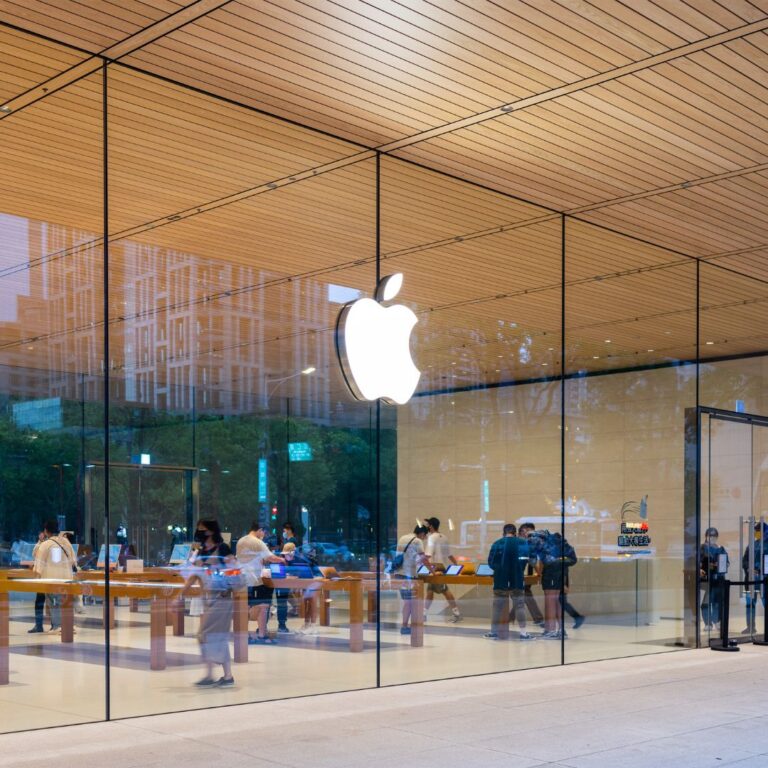In the annals of technological history, few stories are as legendary as the founding of Apple Inc. It’s a tale that has inspired countless entrepreneurs and innovators, a story of two Steves, a garage, and a dream. In this article, we will delve into the fascinating origin story of Apple, tracing its humble beginnings to its meteoric rise as one of the world’s most iconic and influential technology companies.
The Two Steves: A Serendipitous Partnership
The year was 1971, and Steve Jobs was a high school student with a penchant for electronics. He had recently befriended Steve Wozniak, a brilliant engineer and computer whiz. Their friendship quickly blossomed around their shared love for technology, paving the way for one of the most influential partnerships in tech history.
The Birth of the Apple I
Fast forward to April 1, 1976, when the duo, joined by Ronald Wayne, officially founded Apple Computer, Inc. in the Jobs family garage in Los Altos, California. Their initial project was the Apple I, a barebones computer motherboard that required users to attach their own keyboard, monitor, and power supply.
The Apple I was a modest success, selling around 200 units. It was a pivotal moment that ignited Jobs and Wozniak’s vision for personal computing. It also inspired them to improve and innovate, which led to the creation of the Apple II.
The Apple II: A Game Changer
In 1977, Apple introduced the Apple II, a fully assembled personal computer with color graphics and an open architecture. It was a groundbreaking moment in the history of personal computing. The Apple II became immensely popular among early adopters, schools, and businesses, setting a new standard for the industry.
The success of the Apple II enabled the company to go public in 1980, raising significant capital and making many of its employees millionaires. This move provided Apple with the resources needed to further innovate and expand its product line.
The Macintosh: A Revolution in User Interface
In 1984, Apple launched the Macintosh, a revolutionary computer featuring a graphical user interface (GUI) and a mouse. The Macintosh’s user-friendly interface made computing more accessible to the masses, challenging the status quo dominated by command-line interfaces. The iconic “1984” Super Bowl commercial heralded the Macintosh as a symbol of rebellion against the “Big Brother” of the computing world.
However, internal conflicts and power struggles within the company led to Steve Jobs’ departure in 1985, marking a tumultuous period for Apple.
The Wilderness Years and Return of Steve Jobs
The late 1980s and early 1990s were challenging for Apple. The company struggled to find its footing, producing a series of products with varying degrees of success but none that could match the impact of the Apple II or the Macintosh. Jobs’ absence was palpable.
It was only in 1997 that the prodigal co-founder returned to Apple’s fold after the company acquired NeXT Computer, a company Jobs had founded during his hiatus. Steve Jobs resumed his role as an advisor and, subsequently, CEO.
The Renaissance: iMac, iPod, iPhone, and Beyond
Under Steve Jobs’ visionary leadership, Apple experienced a renaissance. The introduction of the iMac, iPod, iPhone, and iPad in the 2000s redefined their respective industries. The iMac brought style and simplicity to personal computing, while the iPod changed how we listen to music. The iPhone and iPad revolutionized the smartphone and tablet markets, respectively.
Apple’s emphasis on design, user experience, and ecosystem integration became hallmarks of its success. The company’s products seamlessly integrated hardware, software, and services, creating an unparalleled user experience.
The Legacy Continues
Today, Apple Inc. is a global tech giant with a devoted following. Its product lineup includes Mac computers, iPhones, iPads, Apple Watches, and a range of services. The company’s journey from a garage startup to a tech behemoth is a testament to the innovation, determination, and vision of its founders, particularly Steve Jobs, whose legacy lives on in the DNA of every Apple product.
The story of Apple is not just about technology; it’s a story of creativity, passion, and a belief that a small group of people can change the world. It’s a story that continues to inspire generations of innovators to dream big and pursue their vision, no matter how audacious it may seem. Apple’s history reminds us that sometimes, all it takes is a garage and a dream to change the world.

